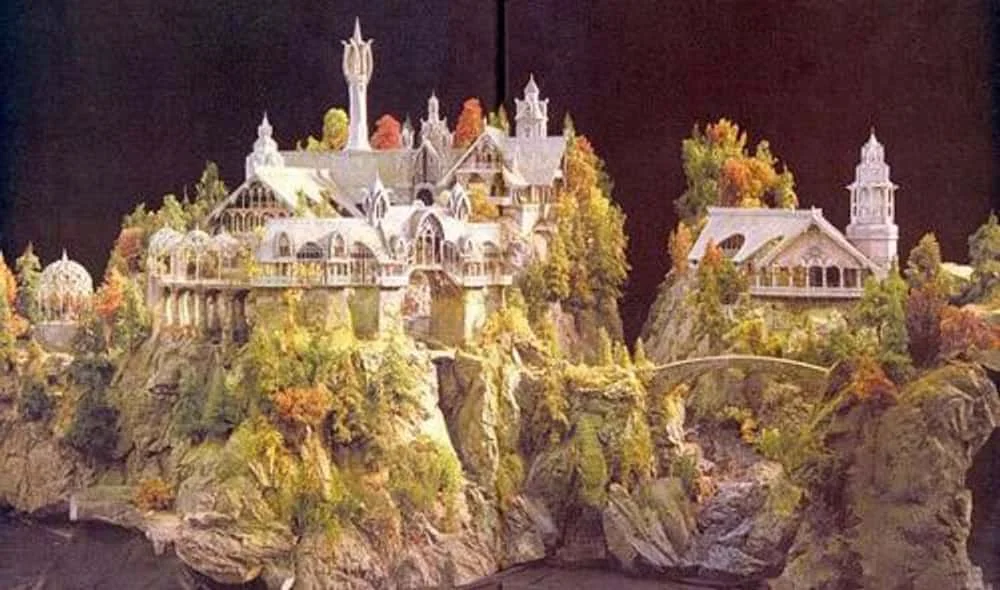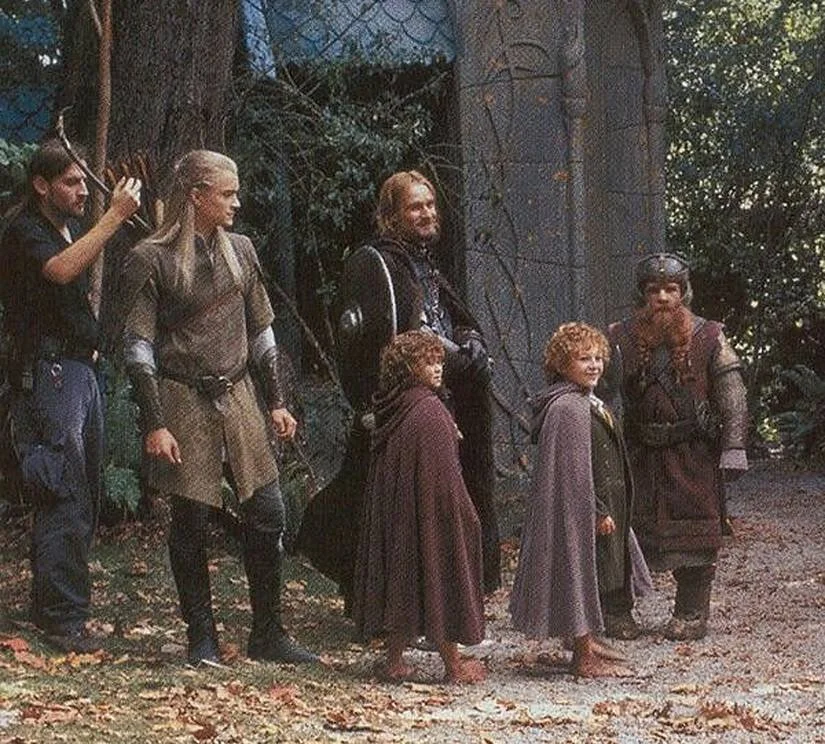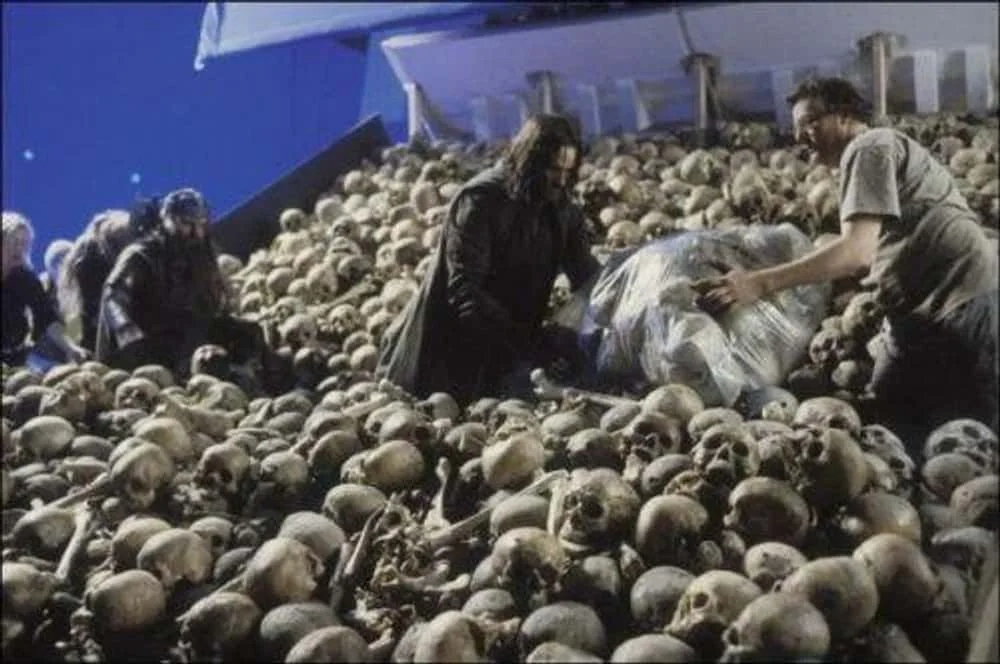Blog #9 The Conventional and Unconventional Techniques used to film The Lord of the Rings Movies
While filming The Lord of the Rings, Peter Jackson and Co. used a number of techniques used to pull of the striking fantasy shots in the film series. They used greenscreen, miniatures, motion capture and 3D models in the films. Some of these were never before used to the degree they were utilised in the films. Peter Jackson was at the forefront of these new technologies in New Zealand, having tried different techniques already out while making horror films before he task of directing the Lord of the Rings movies.
I’m going to share some of the main ones here, along with some on-set photos so you can really see what went down on the film set.
Miniatures. Miniatures were used to show off the grand kingdoms in the movies. They pulled the effect off remarkably well, it’s hard to believe that it wasn’t done by 3D models or what is now known as compositing (there was still compositing involved in the movies). Here’s a photo of the Helm’s Deep miniature:
Helm’s Deep
And here is Rivendell, the house of the Elves:
Rivendell
This is a common example of a filmmaker mixing practical and special effects. It’s hard to beat a good practical effect, like the ones used to show the landscapes here. Fun fact: Jackson didn’t direct all of the Helm’s Deep battle, he passed on some of the work to the Second Unit Director, while he was working on a different scene.
2. Kids. The hobbits in the film are small, only halflings. The task of the film was to communicate this height imbalance. Of course, there’s the famous forced perspective shot of Gandalf and Frodo sitting in the Shire in the Baggins household. That’s one way to sell the height difference between the two characters. The other way is to use small kids in the hobbits place’s. This is good for wide shots where it will be harder to tell the difference. See this photo here:
Kids
Most of the main cast had stunt doubles also. In one shot, they even replaced Pippin on a horse with a mould. Gandalf held him in place while riding. Good for a wide shot but not much more.
3. Green screen. A good director will know he can use green screen to enhance his set design. In the Oscar winner Parasite, they used greenscreen to improve mundane shots and increase production value. In the Lord of the Rings films, they shot a lot of scenic locations, such as Rivendell, on a studio set and green screened in the background. See this behind the scenes photo:
Green screen
They also used it here with the Ghosts scene:
Ghost scene
Fun fact, they made every single one of those skulls in production. They were moulded from a replica of a real skull. This film really went beyond the means of any normal blockbuster production..
4. Props and make-up. Jackson had a career known for utilising many handmade props in his films. He continued that on these films too. Here is a shot of Elijah Wood “Frodo“, in a fake spiderweb costume:
In Shelob’s Lair
Here’s a frame from Bad Taste, an early film from Peter Jackson:
Bad Taste (1987)
If you go back through his old films, you get a sense of how he was in a sense training for the eventual Lord of the Rings movie series. He used miniatures also in his old movies, as well as gory practical effects. He would use these learned skills to make the trilogy.
Those are the techniques I wanted to share. As the movies went on, the technology advanced rapidly, with 3d motion capture used on “Gollum“ and 3d models in the huge battle scenes of Rohan. At that point, Weta Digital in New Zealand was the leading computer-generated effects studio on the entire planet. Nowadays, a lot of the greenscreen sets would be replaced by real time LED panels displaying virtual environments from a 3D software. A lot of the characters would be replaced by 3D models, especially the orcs. That’s why these films have a wonderful kinetic energy, they harness practical effects and miniatures to capture an organic image. There’s something in that for everyone.
Thanks for reading, let me know what you thought.
-D.C.






